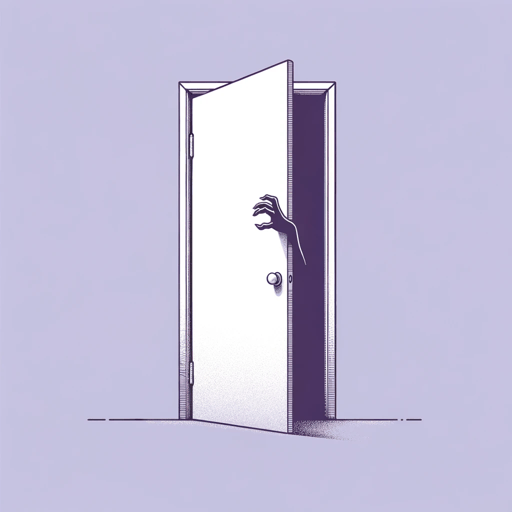27 pages • 54 minutes read
Stephen KingThe Boogeyman
Fiction | Short Story | Adult | Published in 1973A modern alternative to SparkNotes and CliffsNotes, SuperSummary offers high-quality Study Guides with detailed chapter summaries and analysis of major themes, characters, and more.
Story Analysis
Analysis: “The Boogeyman”
Woven around central themes such as The Nature of Fear and Guilt as Self-Punishment, “The Boogeyman” tells the story of a man who must grapple with monsters both within and outside of himself. The story’s central conflict occurs in the past, with the plot of the present-day timeline being driven by Lester Billings’s desire to tell the story of how his children died. This desire is fueled, at least in part, by the guilt he carries.
One of the first things Lester says to Dr. Harper is that he cannot go to a priest, because he is not Catholic. This invokes the idea of confession, during which believers can admit their sins to a priest and be absolved of them. Lester perceives a therapist as the next best thing. By the end of the story, however, Dr. Harper is unconvinced that Lester wants to relieve his feelings of guilt, suggesting he may be holding on to those feelings to punish himself for killing—or at least failing to save—his children.
Related Titles
By Stephen King

11.22.63
Stephen King
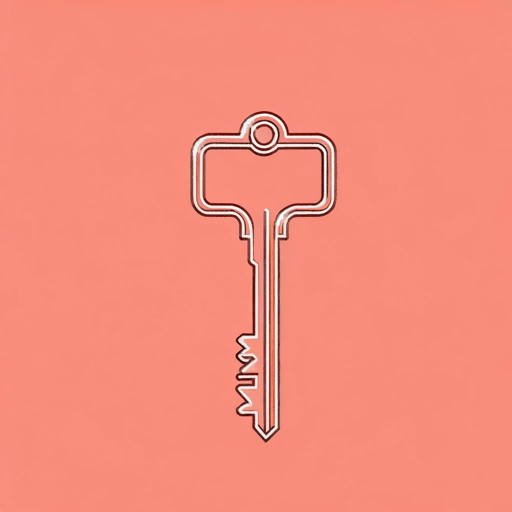
1408
Stephen King

Bag of Bones
Stephen King

Billy Summers
Stephen King

Carrie
Stephen King

Children of the Corn
Stephen King

Cujo
Stephen King
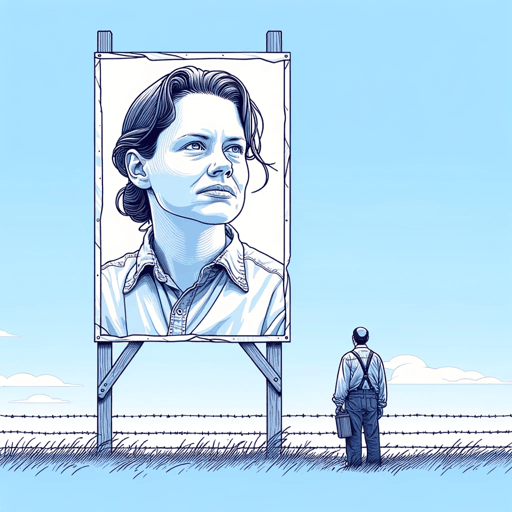
Different Seasons
Stephen King
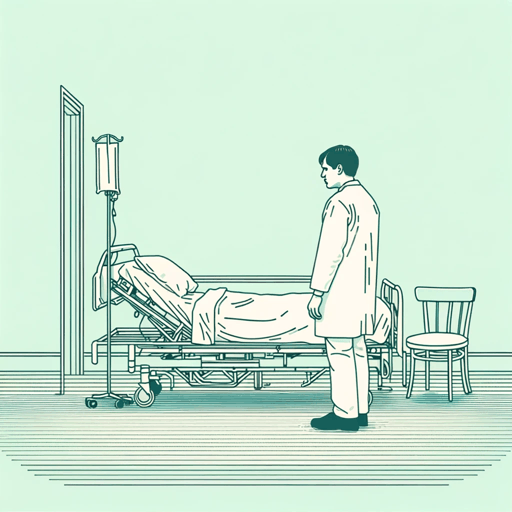
Doctor Sleep
Stephen King
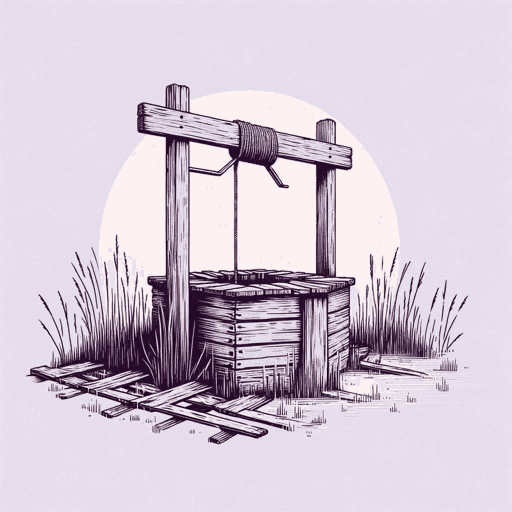
Dolores Claiborne
Stephen King

Duma Key
Stephen King

Elevation: A Novel
Stephen King

End of Watch
Stephen King
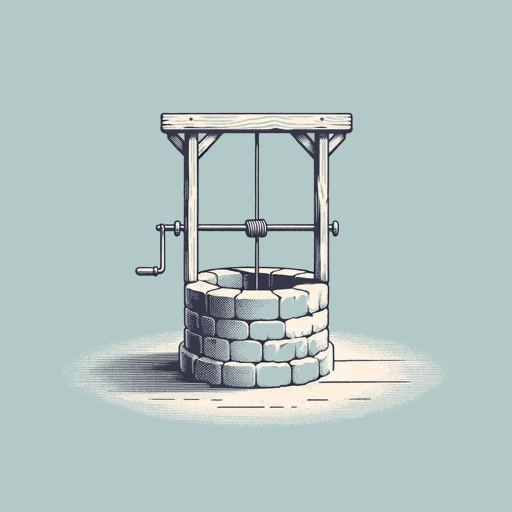
Fairy Tale
Stephen King

Finders Keepers
Stephen King

Firestarter
Stephen King

From a Buick 8
Stephen King

Full Dark, No Stars
Stephen King
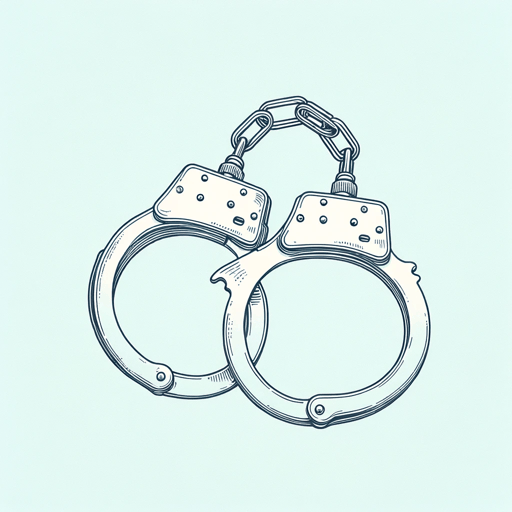
Gerald's Game
Stephen King

Gwendy's Button Box
Stephen King, Richard Chizmar
